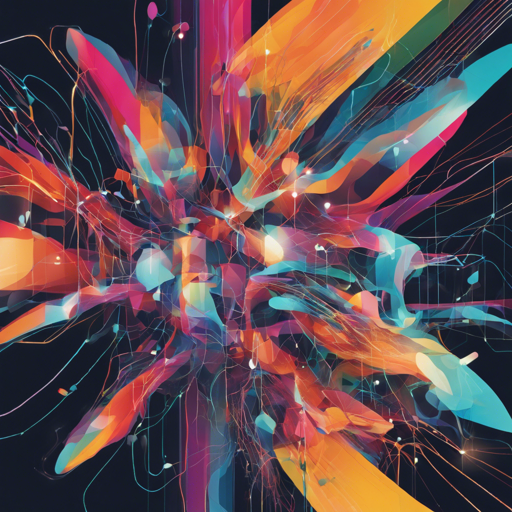In the fascinating world of text-to-image generative models, having a clear way to produce images from textual descriptions is vital. Our journey today revolves around the Attend-and-Excite methodology, a breakthrough in improving how diffusion models create images based on text prompts. This method introduces a technique called Generative Semantic Nursing (GSN) which enhances the fidelity of generated images, ensuring they capture the essence of the input descriptions more effectively.
Understanding Attend-and-Excite
Imagine you’re tasked with painting a picture based on a description provided by a friend. Typically, they say, “I want a vibrant garden with a blue butterfly and a yellow sunflower.” Now, without carefully noting the details, you might just paint a generic scene. This is akin to how some diffusion models operate when generating images—they sometimes overlook key elements or mix up their attributes.
However, with the Attend-and-Excite approach, think of it as having your friend whisper clarifications while you paint, ensuring you don’t miss the blue of the butterfly or the brightness of the sunflower. This process involves adjusting the attention mechanisms in the model to focus on all relevant tokens in the text, ensuring nothing important is neglected during image generation. The success of this method ensures each subject is faithfully rendered according to their descriptors.
Setting Up Your Environment
To implement the Attend-and-Excite approach, you’ll need to establish an appropriate environment:
- Start with the official Stable Diffusion repository.
- Run the initialization commands in your terminal:
conda env create -f environment/environment.yaml
conda activate ldmenvironment/requirements.txt.Generating Images with Attend-and-Excite
To generate an image using the Attend-and-Excite framework:
python run.py --prompt "a cat and a dog" --seeds [0] --token_indices [2,5]Here are some quick tips:
- If you’re using Stable Diffusion 2.1, add
--sd_2_1 Trueto your command. - You can run multiple seeds by providing a list, like
--seeds [0,1,2,3]. - For standard functionality without Attend-and-Excite, use
--run_standard_sd True. - The generated images will be saved to the specified output path found in
config.output_path.
Utilizing Float16 Precision
For improved memory management, consider using Float16 precision:
python stable = AttendAndExcitePipeline.from_pretrained("CompVis/stable-diffusion-v1-4", torch_dtype=torch.float16).to(device)Bear in mind that this may lead to minor quality loss in some images.
Explaining Your Results
To analyze how well your generated images correspond to the text, utilize Jupyter notebooks provided in the setup:
generate_images.ipynballows free-form text image generation with and without Attend-and-Excite.explain.ipynbcompares cross-attention maps before and after applying the methodology.
Troubleshooting Your Setup
If you run into any issues:
- Ensure all packages required are installed correctly.
- Check the paths in your configuration file for any errors.
- For models that might not generate the expected results, consider modifying the token indices or seed numbers.
- If issues persist and you seek further guidance, visit us at **[fxis.ai](https://fxis.ai)** for more insights, updates, or to collaborate on AI development projects.
At [fxis.ai](https://fxis.ai), we believe that such advancements are crucial for the future of AI, as they enable more comprehensive and effective solutions. Our team is continually exploring new methodologies to push the envelope in artificial intelligence, ensuring that our clients benefit from the latest technological innovations.

